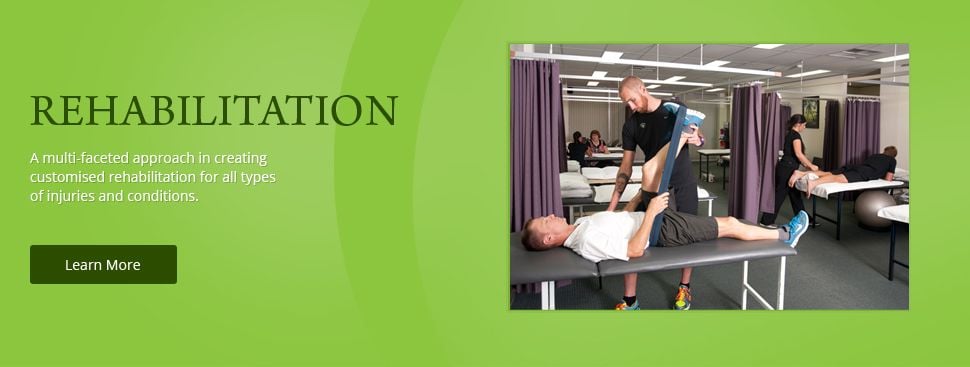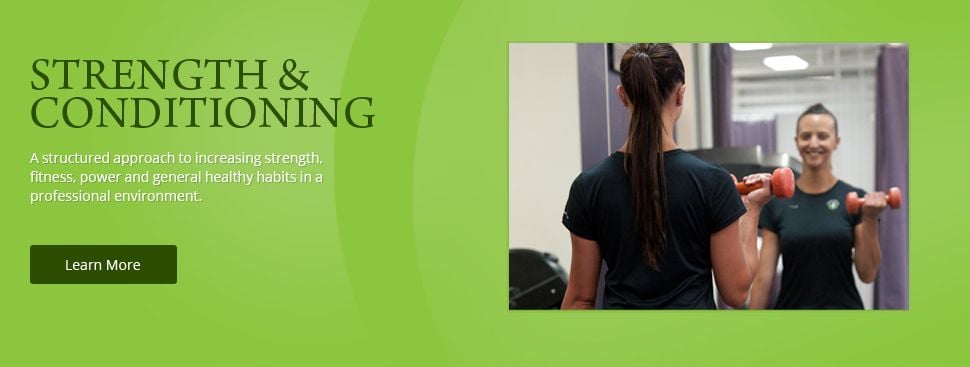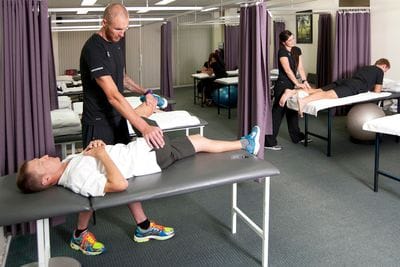Exercise Physiology
Individualised and structured exercise programs, specialised in return from injury, athletes or individuals wanting to improve performance, strength, power, speed, endurance, flexibility and/or overall lifestyle.

Posterior Chain
What is my posterior chain?
The posterior chain is the series of muscles that run down the back of your body. When we speak about the posterior chain we generally are referring to the calves, hamstrings and gluteal muscles but it also consists of the muscles in your back including erector spinae, latissimus dorsi, scapula stabilizers and upper trapezius.
Why is it important?
Your posterior chain is important for both everyday life and activities, as well as for sports and athletic performance. A weak or insufficient posterior chain can lead to many injuries including injuries to back, pelvis, hip, knee, feet.
Why would my posterior chain be weak/insufficient?
Most people lead predominantly sedentary working lives, involving prolonged periods of time in sitting (sitting, driving), often 8-10+ hours. Sitting causes shortening/tightening of the muscles in the anterior chain (including hip flexors, quadriceps). In this position the anterior chain pulls the posterior chain into a lengthened and weaker position and can inhibit their activation.
Also, lots of people have not been taught to correctly squat and/or deadlift and/or have never had their technique corrected to be ideal for their ability. As such, these muscles can become under-developed and weak.
How do I strengthen my posterior chain?
An assessment with a Physiotherapist and/or Exercise Physiologist is always recommended to assess what is tight/weak etc. and identify why this might be the case. However, a great exercise to start with for strengthening of the posterior chain (if you are currently injury/problem free) is:
Glute Bridge: Lying on back, knees bent, feet flat on floor about hip width apart. Push down through heels, lift bottom up to ceiling (keeping hips steady and level), hold 3 seconds, relax down slowly/controlled. Repeat 10 times, 3 sets.




)
)
)




